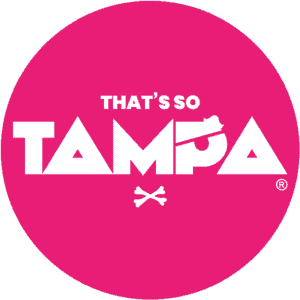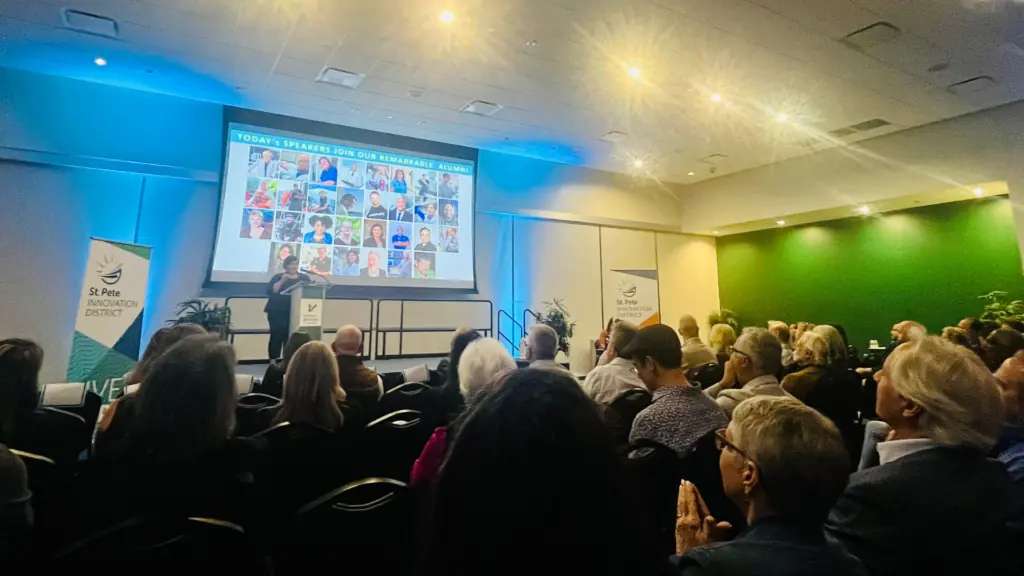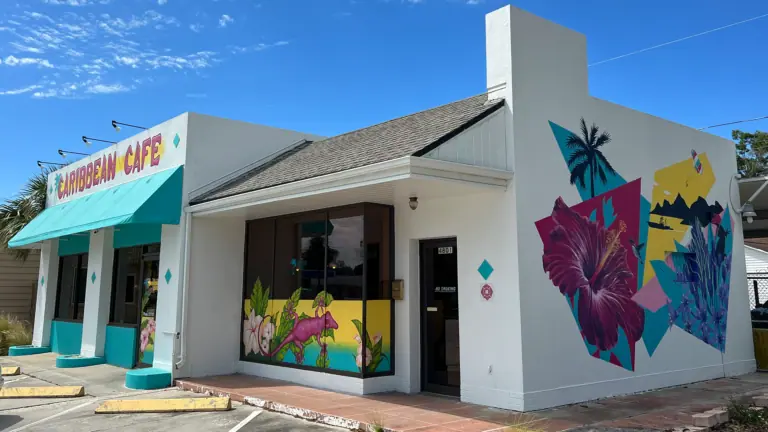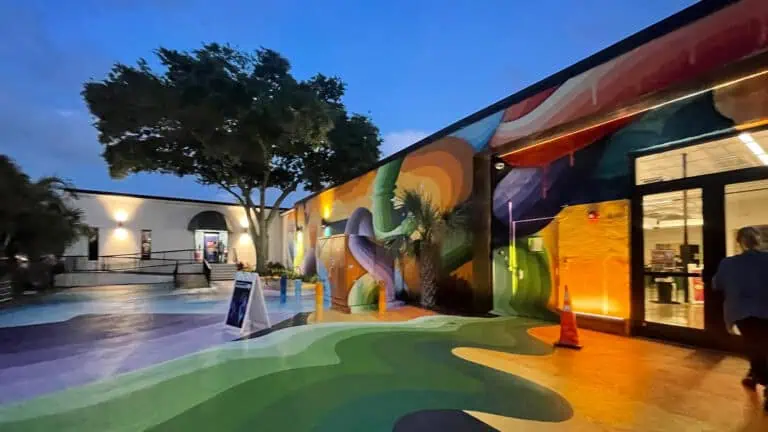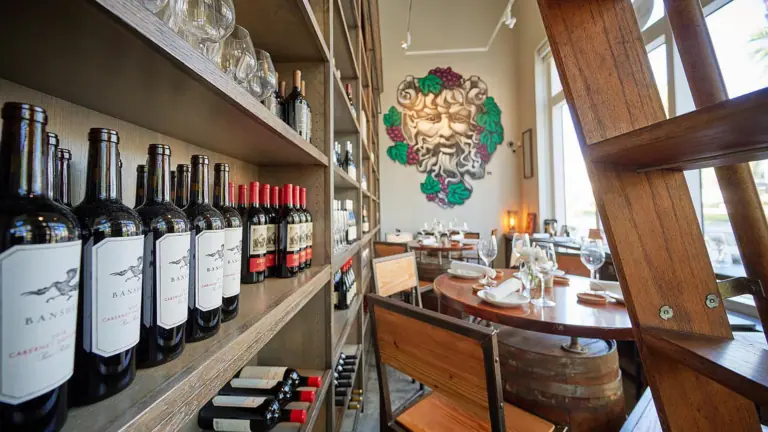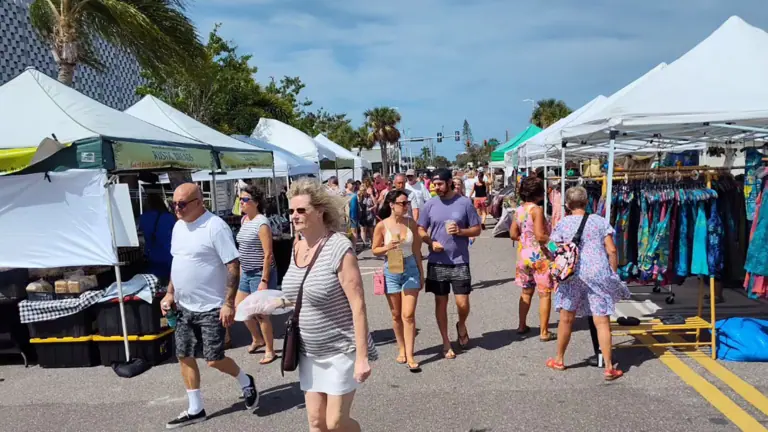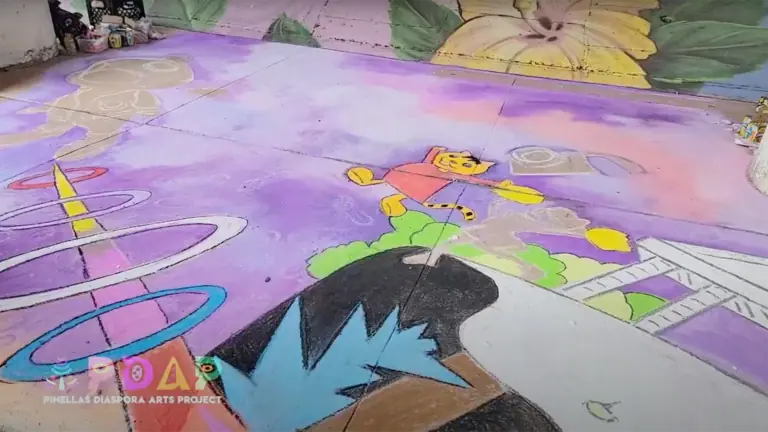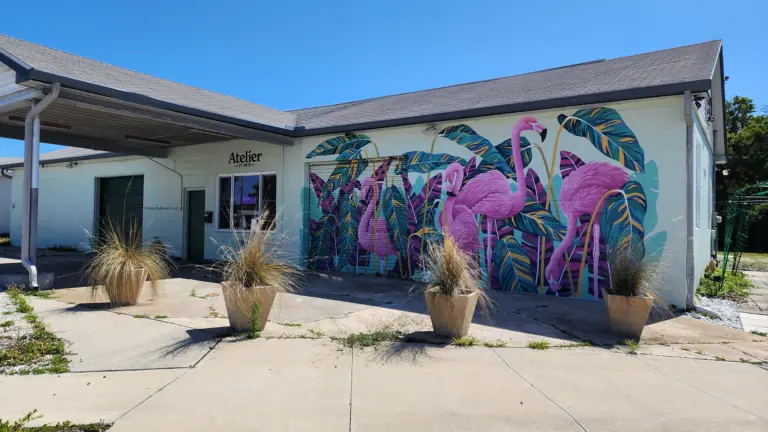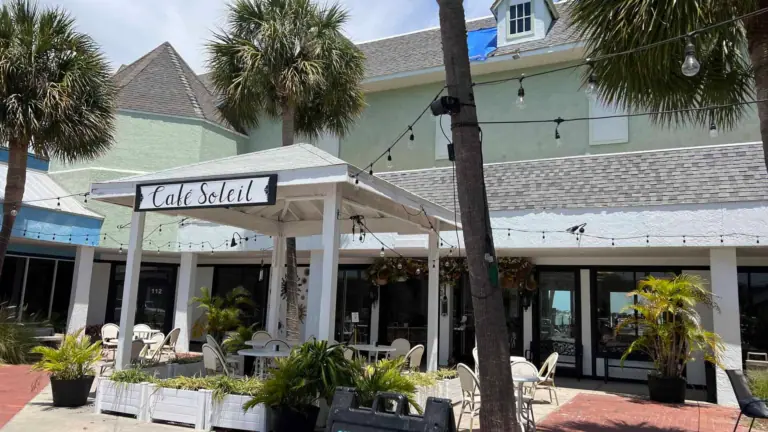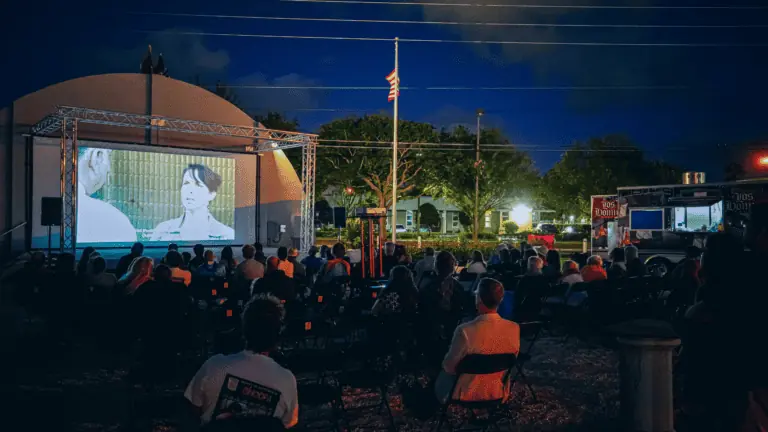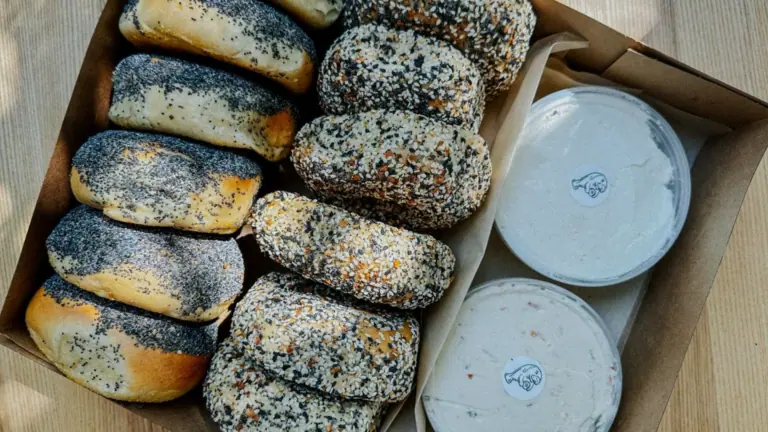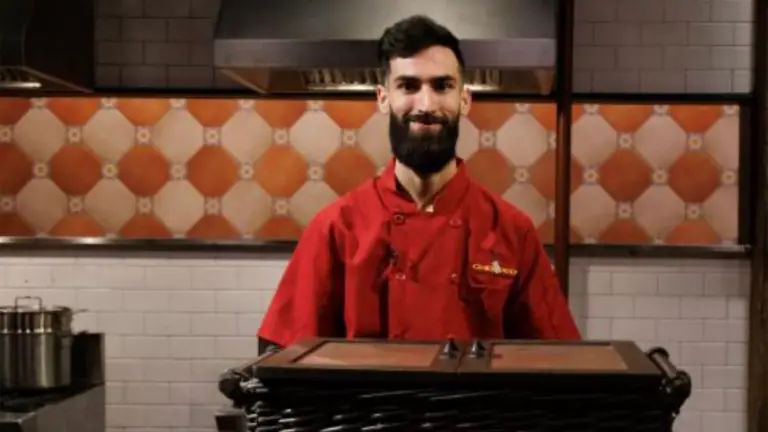On Tuesday, the St. Pete Innovation District held the 6th Annual State of Science event at USF St. Petersburg. The Innovation District is a public/private partnership of businesses and institutions with related scientific and technological interests. The district has over 50 members in varying industries from marine science and health care to art and education. The State of Science event is a favorite in the city’s technology community. Each year, six speakers are selected to share new initiatives and developments in the Innovation District.
The program’s speakers were Dr. Hank Hine, from The Dali Museum; Dr. Shelly Wagers, University of South Florida St. Petersburg; Dr. Mohamed Rehman, Johns Hopkins All Children’s Hospital; Dr. Julia Pfaff, Bayfront Health St. Petersburg; Nicky Bruger, Digital Twin Marine; and Dr. Nicole Raineault, Florida Institute of Oceanography.
ADVERTISEMENT
Hine led off the evening, presenting on an interactive exhibit that uses AI to interpret museum goers’ dreams into art in a specific style. Using images from the entire Dali collection, the program can take a patron’s verbal description of their dream, and interpret it into art. The “Dream Tapestry” can then take the dreams of six individuals and stitch them together into a seamless piece of digital art. “We are doing more than working with AI. We are trying to create a community vision and a sense of humanity brought together.”
One might think that maritime shipping and children’s medicine wouldn’t have much in common. But there are surprising similarities between two very different entities in the same zip code. Nicky Bruger from Digital Twin Marine showcased her firm’s emerging product which allows people in maritime shipping to solve mechanical problems quickly, and decrease downtime. The Digital Twin program offers users a sort of Google Street View of the inside of tankers and cargo ships, allowing engineers a virtual look at a ship’s layout—a digital walk through a ship’s engine and other mechanics—and quickly schedule emergency maintenance anywhere on the globe.
Meanwhile, Dr.Mohamed Rehman, chief of anesthesiology at Johns Hopkins All Children’s Hospital is also using the Digital Twin concept in preventive medicine, using a person’s DNA to simulate another sort of Digital Twin. His group is researching ways to use AI to create a simulation of a person’s expected medical history. “We are using all the data we can and layering it with AI. The vision of my group is very simple: Empowering humanity one digital twin at a time,” Dr. Rehman said, then addressing Mayor Ken Welch directly, “St. Pete can become the healthiest city in the world.”
ADVERTISEMENT
Also in the medical arena, Dr. Julie Pfaff from Bayfront presented new technology in treatment of sleep apnea, a common, often untreated, ailment that is a precursor to major medical issues like heart attacks. Doctors are now using an implanted device that uses electrical impulses to prevent airways from closing during sleep. The procedure is a critical option for patients who don’t respond to traditional interventions, like the CPAP machine.
Dr. Nicole Raineault from the Florida Institute of Oceanography shared how connective technology is increasing scientific analysis of maritime research. A typical ocean research vessel can only hold 10 – 15 scientists. To bring the ocean experience to more people, Dr. Raineault highlighted FIO’s Peerside program. She said, “We can help students and people who are unable to go to sea experience the ocean and help us make new discoveries.” Using ocean robotics and satellite connectivity they are allowing scientists on land to join expeditions virtually and even control robotics from shore. The new practice has already paid off, Raineault said, “A purple orb baffled scientists who were on ship and who were watching in real time. It was only after we were able to send that sample out that we discovered a new species of predatory snail in the deep sea off of California.”
Dr. Shelly Wagers is a criminology professor at USF St. Petersburg who specializes in research in human trafficking. She showcased a program that is increasing the accessibility of resources that are critical in human trafficking interventions. USF St. Pete is now home to the state’s Risk to Resilience Lab, filling a significant gap in the data needed to understand and prevent human trafficking. The lab can use the data to help caseworkers and nonprofit groups provide services quickly to victims.
District director Alison Barlow closed the evening pointing out that most of this innovation was taking place within one square mile. She also unveiled a long-awaited tool to help entrepreneurs identify and find all the resources that are available to them in St. Pete. The Tampa Bay Innovation Ecosystem Map came together with help of funding from Duke Energy. It is a two-sided single-page guide to over 100 companies, incubators, and collaborative efforts available and sorted by categories, also available online here.
For more on the St. Pete Innovation District, visit stpeteinnovationdistrict.com.
ADVERTISEMENT


